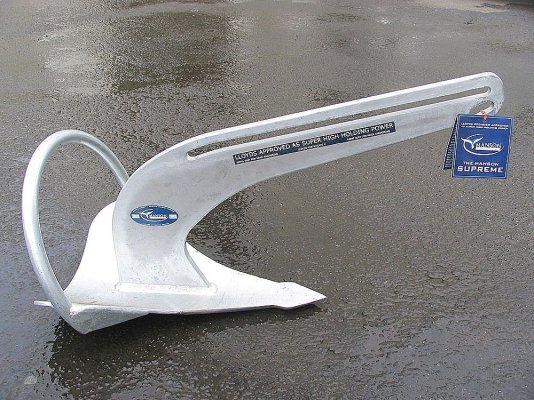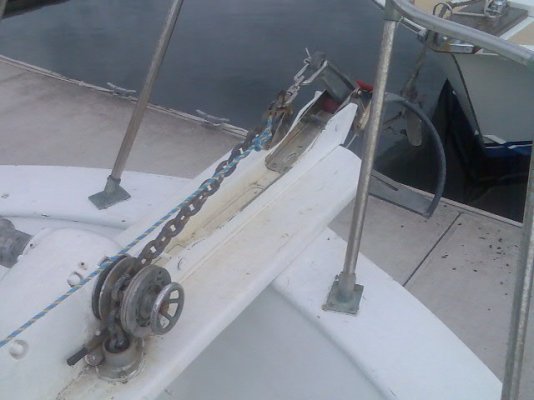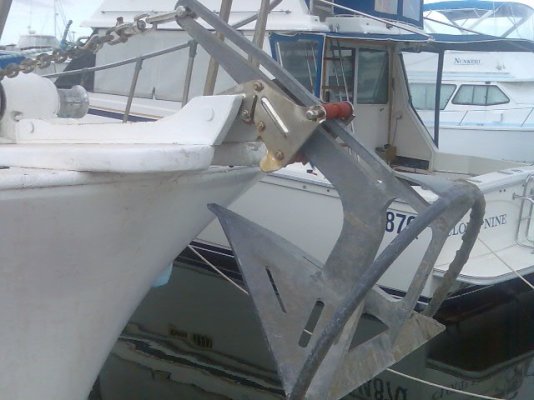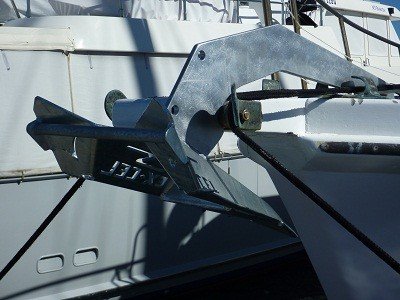Nomad Willy
Guru
FF,It is amazing how often emotions and opinions rule. Sometimes (often) we hold up facts to support our notions even when we know they don't hold up to objective scrutiny.
What in the world is "Same with Liberals religion". Please don't reply here. It's the conservatives that have most of the religious agenda. But religion, Marxism and presidents neeeeed to be only on OTDE. You should read Investment Biker by Jim Rogers.
Eric
-- Edited by nomadwilly on Friday 11th of June 2010 08:03:46 AM
What in the world is "Same with Liberals religion". Please don't reply here. It's the conservatives that have most of the religious agenda. But religion, Marxism and presidents neeeeed to be only on OTDE. You should read Investment Biker by Jim Rogers.
Eric
-- Edited by nomadwilly on Friday 11th of June 2010 08:03:46 AM












